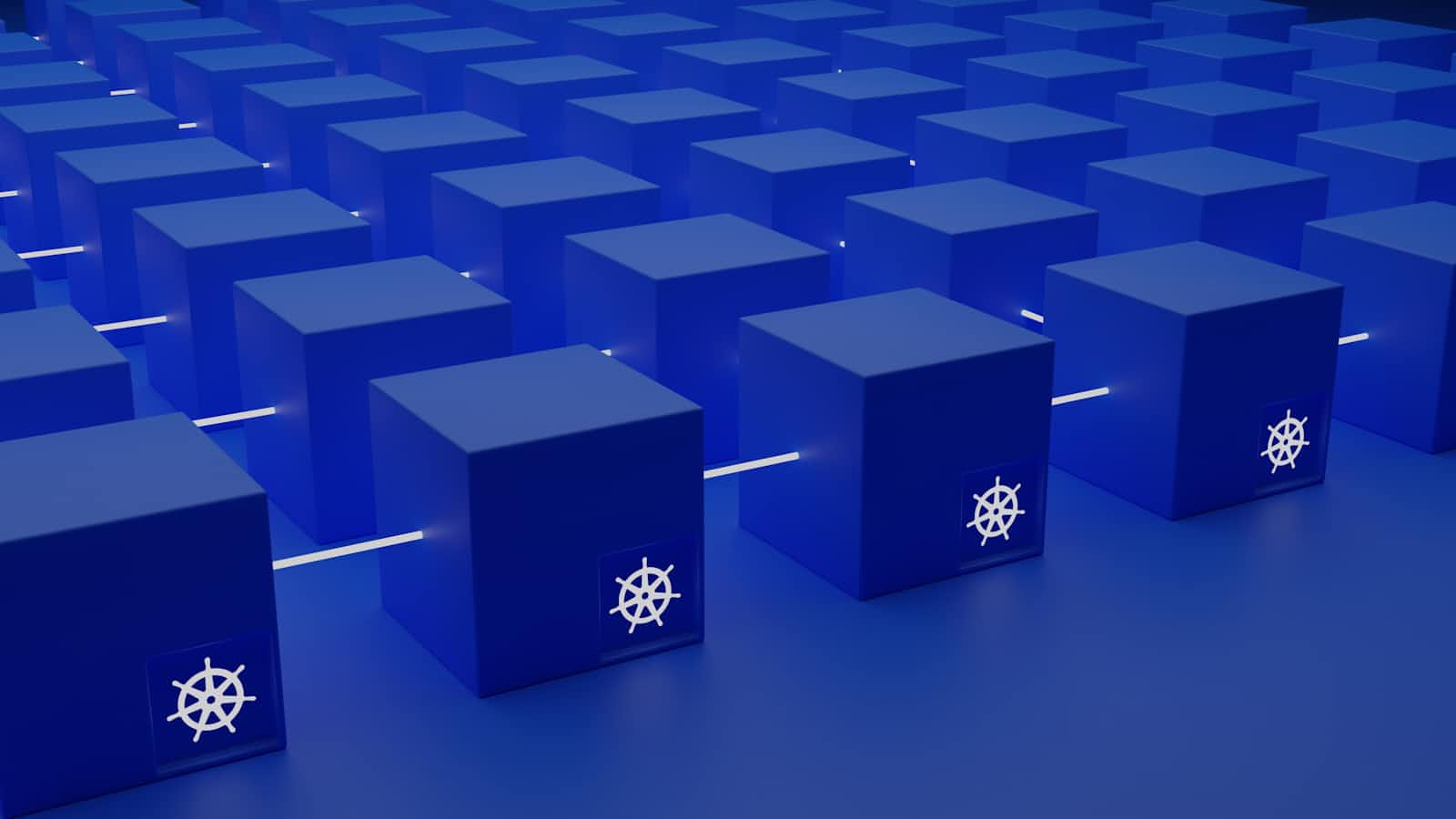Mastering kubectl: The Secret Handbook for Kubernetes Operators
 Jaakko Leskinen
Jaakko Leskinen
The console flickers to life. A dim green cursor blinks expectantly, waiting for your command. You type:
kubectl get pods
And just like that, you’ve peeked inside the digital underbelly of a Kubernetes cluster—an orchestration system so vast, so complex, that half the time even it doesn’t seem entirely sure how it’s holding itself together.
Sure, you’ve listed pods, poked at nodes, and maybe even banished a misbehaving deployment into the abyss. But Kubernetes isn’t just a cluster; it’s a labyrinth of YAML prophecies, API incantations, and scheduled tasks that never seem to run when they should. And kubectl? It’s not a flashlight—it’s a hacking interface into a self-aware machine that occasionally takes offense at your requests.
This isn’t some "Introduction to Kubernetes" fluff piece. You won’t find a gentle explanation of what a pod is. No, we’re diving straight into the dark alleyways of Kubernetes command-line magic—the tricks, exploits, and power moves that separate the mere mortals from the operators who make clusters dance at their fingertips.
We’re talking about:
CRDs that let you rewrite Kubernetes’ DNA
Batch processing that turns
kubectlinto a weapon of mass automationPatching techniques so precise they’d make a neurosurgeon jealous
Debugging workflows that feel like you’re tracing digital ghosts
Port forwarding tricks that let you hack into your own cluster like a cybercriminal—legally
Dry-run mode, because breaking production is only fun when it's someone else's fault
If you’ve ever felt like your cluster was watching you, waiting for the perfect moment to throw a CrashLoopBackOff at your best-laid plans, this is the guide you need.
The 6-Part Series: The Secret Handbook for Kubernetes Operators
🕵️ Chapter 1: Custom Resource Definitions (CRDs): Extending Kubernetes Like a Boss
Kubernetes is a wonderful, extensible system—right up until you realize it doesn’t speak your language. Need it to manage databases? Feature flags? Dragons? Too bad. But Custom Resource Definitions (CRDs) let you extend Kubernetes itself, teaching it to understand your unique brand of madness.
⚔️ Chapter 2: Batch Processing with kubectl xargs: Command Kubernetes Like a General
The difference between a junior engineer and an operator who commands entire fleets of microservices? One of them still deletes pods one at a time. The other wields xargs like a DevOps warlord, executing sweeping commands across an entire namespace in one go.
🔬 Chapter 3: Strategic Patching: Modify Resources Without Pain
Tired of reapplying massive YAML files just to tweak a single field? Ever wish you could edit just the part you need without redeploying everything? This chapter explores three types of patches—JSON Patch, Strategic Merge Patch, and Merge Patch—so precise they might as well come with a scalpel.
🔎 Chapter 4: Debugging and Forensics: CSI Mode for Your Cluster
Logs vanish. Containers die mysteriously. Nodes enter a "NotReady" state like they’ve had an existential crisis. You could randomly restart everything and pray, or you could become the Kubernetes detective—tracking failures through logs, inspecting broken pods from the inside, and using forensic-level debugging tricks to find what really went wrong. Article just dropped! Check it out!
💻 Chapter 5: Port Forwarding: Expose Services Like a Secret Hacker
Your API is trapped inside the cluster, completely inaccessible from the outside world. You could waste hours setting up an Ingress, or you could punch a hole straight through Kubernetes’ walls with kubectl port-forward. Learn how to connect to internal databases, debug private services, and access hidden infrastructure—without exposing a single endpoint to the outside world. Coming in March 16, 2025 - stay tuned!
🛑 Chapter 6: Dry-Run Mode: The “Are You Sure?” Button
Ah, production. A place where mistakes aren’t just educational—they’re career-defining. If you’ve ever deleted the wrong deployment, patched the wrong resource, or applied a YAML file that turned out to be from the wrong repo, this chapter is for you. Dry-run mode is Kubernetes’ way of asking, “Are you really sure about that?” before it lets you do something you’ll regret.
Are You Ready?
Most Kubernetes engineers wield kubectl like a toddler with a flamethrower—excited by its power, but only moments away from accidentally setting everything on fire.
This series isn’t about memorizing commands. It’s about mastering kubectl so your cluster obeys you, not the other way around. No more blind guessing. No more ritualistic YAML sacrifices. Just raw, unapologetic control.
Your cluster is vast, mysterious, and often borderline malicious. But you? You’re about to become the operator who pulls the real strings.
Let’s dive in. 🚀
Subscribe to my newsletter
Read articles from Jaakko Leskinen directly inside your inbox. Subscribe to the newsletter, and don't miss out.
Written by
